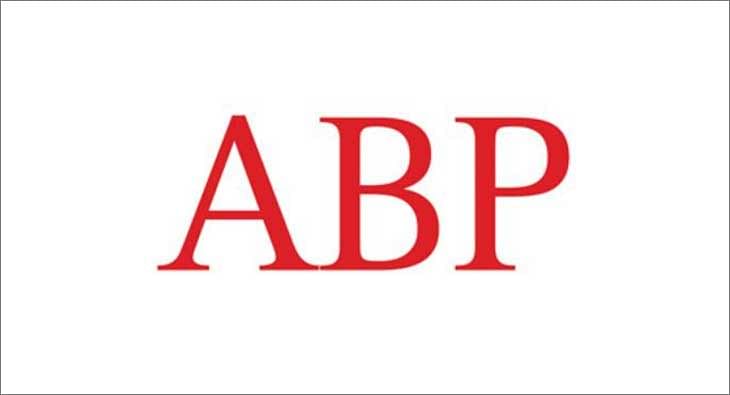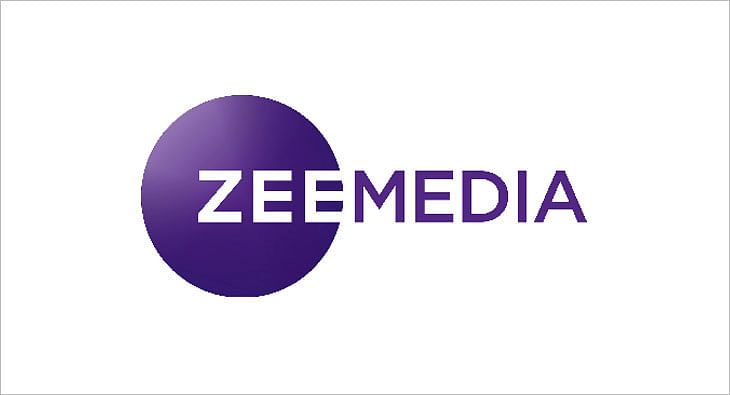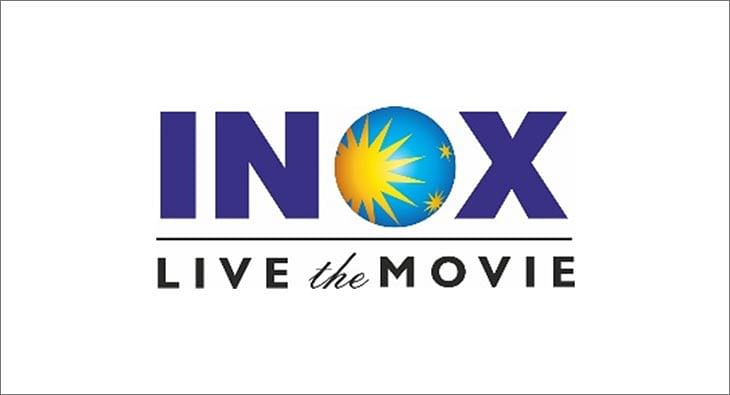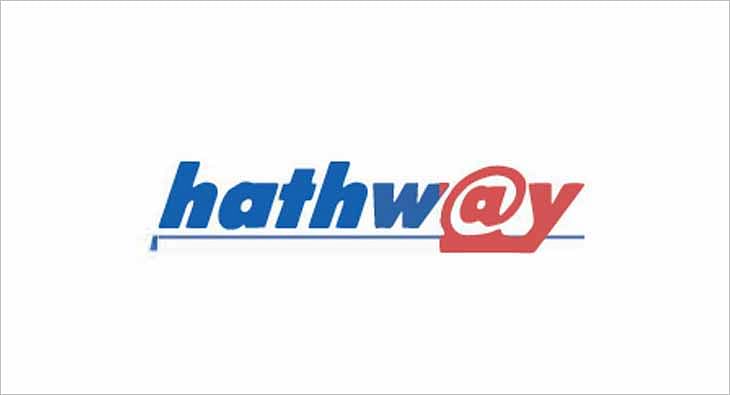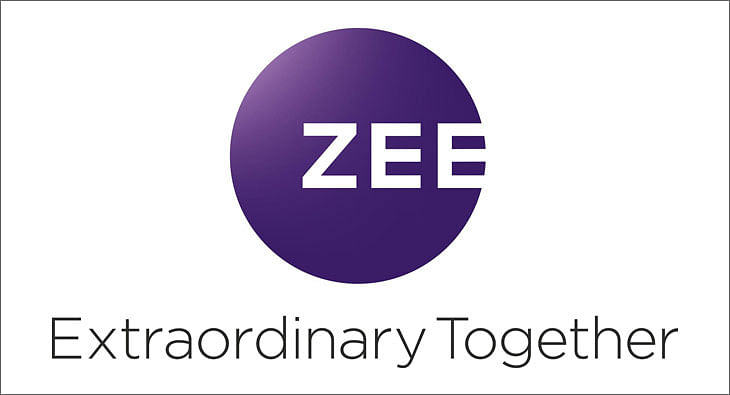Guest Column Retrofit: Pink waste
Media now feeds off rumour and stories passed on by pressure groups. Industrial waste has been increasingly recycled into pink waste, laments veteran journalist Sandeep Bamzai, stressing that one needs to take a call and put an end to this bazaar of speculation. If 26/11 was a watershed in telly reporting, then the vote on account bellicosity was yet another sad benchmark for the print journos.

Propriety versus populism? Please all versus constitutional mandate? That was the question on the morning of February 16 as media had once again built up the vote on account into a hot air balloon. An unseeming frenzy seems to take hold of media, particularly the financial press in this country, the moment a six letter word – Budget – is uttered. The ridiculousness of the situation in the run up to the Budget, or, in this case, a vote on account, borders on the bizarre. The financial media develops a lifeforce of its own, it creates ghosts and apparations where there are none.
A combination of inspired leaks, selective leaks and imaginary leaks clutter the financial media landscape. Some get it right, the majority get it completely wrong. This time round, everyone got it wrong. Arrows were being shot in the dark and not one found its tryst with the target. P Chidambaram did not help when he said that there was ‘no Constitutional bar against making announcements and pronouncements in the Interim Budget’. But someone on one of the TV channels got it right in one of the previews when he said that the Interim Budget would merely be a ‘statement of intent’. In the end, at best, the vote on account could only be described as an economic survey with a flourish. An exposition of the UPA’s five years in power. A damp squib.
But not for lack of trying on the part of the financial media. Sample some of the delights that were laid out in the smorgasbord for all to savour. The stock markets, too, began to reflect some of this irresponsible journalese. The market needed something to kickstart it, so it began its trek northwards as media painted a pretty picture. Raising income tax exemption to Rs 2 lakh from Rs 1.5 lakh on housing loans to boost the beleaguered housing sector, said BS and CNBC; excise duty cut in auto and steel, said ET and HT; to keep Rs 50,000 crore as unallocated ‘free’ money in the Budget to be used in case another stimulus was required in the next three months, said Indian Express; a gem from Financial Chronicle – securities transaction tax to be waived and finally income tax exemption to be raised to Rs 2 lakh, said BS and CNBC. Which begs an answer – what about news media’s propriety?
Forget it. The hot air balloon was pricked by Pranabda in a matter of minutes into his speech. I, too, was in a television studio and was groping for answers in the printed document. For I had to speak on it. Pranabda began positively by stating that five years ago people had voted for change. A change in the manner in which this country is run, a change in the national priorities and a change in the processes and focus of the government. Obviously mirroring the theme of change unleashed by Barack Obama in the US. He ended by appealing to the hoi polloi, “I have no doubt that when the time comes, our people will recognise the hand that made it all possible. The hand that alone can help our nation on the road to peace and prosperity.” Poor editors and journos, who had sweated blood to put together graphics and headlines in the run up to this gargantuan exercise, were left holding the baby and bathwater. Particularly guilty was The Times of India. On Monday morning they did a puff piece on page 1 – 25 years later, he is back – an ode to Pranab Mukherjee, with an additional half page devoted inside on UPA’s man for all seasons – Mr Fix It.
Forgetting that when it ain’t broke, you don’t need to fix it. And that was the edifice of Pranabda’s vote on account. On Budget day, TOI seemed to have lost it completely. Awakened rudely from its reverie by Zero Fizz - Best Served Cold, it even went to the extent of doing a double header – Why did Pranab present a flat Budget? Answering the question was Pranab himself – We had no mandate for anything more. But it was the side story that made up for the Budget fiasco. Looking for conspiracy theories, team TOI wrote – Congress scared of Pranab stealing the show. It went on to write that the Congress High Command was wary of Pranab stealing the thunder even as Dr Manmohan Singh convalesced. This angst from TOI seemed inappropriate. It was blase.
How can you blame your own ills on Pranabda? He never said he was doing a big bang budget exercise. The only clue that came forth was from Suresh Tendulkar, PM’s economic advisory council chairman, who said that tax reduction was a must to boost purchasing power. The acting Finance Minister acknowledged that in his speech. The attack was on the following lines – just as nothing prevents a night watchman from scoring a few runs, instead of merely holding the fort, nothing in the Constitution prohibits from the government doing more. What curious logic. Heh, but only the previous day, the Times praised Pranab to the skies. Consistency, bah!
In ET, Swami wrote – Yawn, the interim budget was the mother of all anti climaxes. Who pray is responsible for that? Did the government tom-tom that it would be unveiling big ticket measures in the vote on account? No, media and ET and others of its ilk presumed that this would happen. Stories were conjured out of thin air. Is Swami, one of the most respected financial and economic journalists, asking his staff how a story titled - More Tax Sops on Anvil to Fight Slowdown: Third Stimulus Plan likely in Interim Budget - made it to the lead of ET on February 11? Graphic accompanying the story broke it down into Direct and Indirect Taxes. Sector specific reduction in excise duty, excise duty cuts likely for auto component, automobile and cement sectors, faster refunds of service tax for the exporters, procedural simplifications that could provide some relief to industry, 100 per cent tax holiday for IT units under SEZ Act set up under their parent companies, IT companies like Infosys, Wipro and TCS will benefit from this move, extension of tax holiday for STPIs and EOUs, a hike in depreciation benefits for plant and machinery and commercial vehicles purchase and tax holiday for production of gas. Why are misleading your readers?
Guess what, they got it wrong on all counts. Any post mortems? Financial Chronicle’s report on STT being scrapped also was unfathomable. What was the basis of this concoction? One of the resident editors that I worked with some years ago is now heading FC and he was loathe to carrying speculative stories on the budget. His take was simple - nobody gets it right - then why did you run this story? Media now feeds off rumour and stories passed on by pressure groups. Industrial waste has been increasingly recycled into pink waste. As a business journalist, I too may have been guilty of doing this, but somewhere one needs to take a call and put an end to this bazaar of speculation. The odour of speculative stories is overpowering. Yawn, for ET’s reporting. And if you are arguing that it was an anti-climax and has zero fizz, then why devote reams of expensive newsprint to a non-event.
Finally, a word or two about the poor hapless telly channels. Caught between a rock and a hard place, they are sucked into the frenetic roulette of speculation. CNBC-TV18 ran with the hares and hunted with the hounds getting every single thing wrong. Breaking News is probably the most damning thing Indian telly land has created. It is an abomination. If 26/11 was a watershed in telly reporting, then the vote on account bellicosity was yet another sad benchmark for the print journos.
God save us when the real budget caravan rolls into town. Batten down your hatches, for you are going to be bombarded with speculative stories like never before.
(Sandeep Bamzai is a well-known journalist who started his career with The Statesman in Kolkata in 1984. He has held senior editorial positions in some of the biggest media houses in three different cities - Kolkata, Mumbai and New Delhi - with The Indian Express, Illustrated Weekly, Sunday Observer, Dalal Street Journal, Plus Channel where he ran India's first morning business show on Doordarshan, The Times of India Group, Business India, Hindustan Times and Reliance Big Entertainment. Starting his career as a cricket writer, he graduated to becoming a man for all seasons under Pritish Nandy, who he considers as the premier influence on his career. Since he studied economics at Calcutta University, Bamzai decided in 1993 to branch out into business and financial journalism. Familiar with all three media, he is the author of three different books on cricket and Kashmir.)
Read more news about (internet advertising India, internet advertising, advertising India, digital advertising India, media advertising India)
For more updates, be socially connected with us onInstagram, LinkedIn, Twitter, Facebook Youtube & Whatsapp
You May Also Like
HT Media posts Consolidated Total Revenue of Rs 580 crore in Q2
Chairperson and Editorial Director Shobhana Bhartia says due to lower commodity prices and control on costs there has been an improvement in operating profit
HT Media has posted a Consolidated Total Revenue for Q2, 2020 at Rs 580 crore.
As per a statement released by the company, EBITDA for Q2’20 increased by 139%, and margins at 14% vis-à-vis 6% in previous year. This has been driven by softening of newsprint prices and continued focus on cost.
The Net Cash position at a consolidated level continues to be strong.
The Print ad revenue has declined due to sluggish volumes, even as yields have improved. National advertising continues to be soft, although local advertising witnessed growth.
Savings in raw material costs have driven improvement in EBITDA margins.
Chairperson and Editorial Director Shobhana Bhartia said, “Slowing economic growth has hit advertising spends in key categories, putting pressure on revenues across the media industry. As a result, our Print and Radio (on like to like basis) businesses saw revenues dip as compared to a year-ago. However, thanks to lower commodity prices and a tight control on costs, we saw an improvement in our operating profit. On the digital front, Shine, our online recruitment portal has shown good progress and continues to grow. Our outlook for the coming quarter remains cautious, given overall economic sentiment and macroeconomic trends. Cost-control and falling commodity prices should help protect our margins.”
Read more news about (internet advertising India, internet advertising, advertising India, digital advertising India, media advertising India)
For more updates, be socially connected with us onInstagram, LinkedIn, Twitter, Facebook Youtube & Whatsapp
ABP Group posts Rs 15.70 crore as net profit in Q1 FY20
The group’s total operating income stands at Rs 365.55 crore
ABP Group has posted a net profit of Rs 15.70 crore in the first quarter of FY20, as per media reports.
The group’s total operating income stands at Rs 365.55 crore.
It’s net profit for the fiscal ended March 31, 2019, was down 68% to Rs 31.90 crore compared to the previous fiscal.
The Profit Before Interest Lease Depreciation and Tax (PBILDT) has also dropped 53.52% to Rs 107.12 crore.
The group has six news channels - ABP News (Hindi), ABP Ananda (Bengali) ABP Majha (Marathi) and ABP Asmita (Gujarati), ABP Sanjha (Punjabi) and ABP Ganga (Hindi).
Read more news about (internet advertising India, internet advertising, advertising India, digital advertising India, media advertising India)
For more updates, be socially connected with us onInstagram, LinkedIn, Twitter, Facebook Youtube & Whatsapp
Zee Media posts consolidated revenue of Rs 137.03 crore for Q2 FY20
ZMCL has recorded 4.4% growth in operating revenue for first half of FY20
Zee Media Corporation Ltd (ZMCL) has posted a 4.4 per cent growth in operating revenue to Rs 337.6 crore in the first half of FY20, as per media reports.
It has reported a consolidated revenue of Rs 137.03 crore for Q2 FY20.
In a statement, ZMCL has said: “During the quarter, the network expanded its footprint s into Southern India through the launch of Zee Hindustan in Tamil and Telugu languages. This is intended to make the network's content accessible to wider audience.”
The operating expenditure in Q2FY20 has dropped by 21.7 per cent.
The statement further said: “EBITDA for HlFY20 improved by 34.1 per cent to Rs 1,029 million from Rs 767.5 million EBITDA for H1FY19, while the same declined by 9.4 per cent to Rs 370.2 million from Rs 408.7 million for the corresponding period last financial year. EBITDA Margin grew from 23.7 per cent in H1FY19 to 30.5 per cent in HlFY20, while growing from 24.2 per cent in Q2FY19 to 27 per cent in Q2FY20.”
Read more news about (internet advertising India, internet advertising, advertising India, digital advertising India, media advertising India)
For more updates, be socially connected with us onInstagram, LinkedIn, Twitter, Facebook Youtube & Whatsapp
No slowdown here: In-cinema ad rates up by at least 50% for 3 big Diwali releases
Housefull 4, Made In China and Saand Ki Aankh ready to hit the silver screen this week, with the hopes of giving brands the eyeballs they look for in theatres
It’s that time of the year again when theatres gear up to pocket maximum gains. Diwali is here and there are three films ready to hit the silver screen this week--Housefull 4, Made In China and Saand Ki Aankh. The festive period brings much joy to exhibitors, distributors and theatre owners because it ensures footfalls, giving brands the eyeballs they look for. In fact, industry experts don’t feel that economic slowdown this year has impacted in-cinema advertising. While they are concerned about three movies clashing during Diwali, they predict 50-100 per cent rise in ad rates during this period.
Advertising moolah
Mohan Umrotkar, CEO, Carnival Cinemas, is expecting 60-70 per cent surge in advertisement topline compared to last year. “Going by the buzz and advance booking for these three releases, market is bullish. Advertisers have blocked most of the advt-slots during the festival period. Housefull 4, Made In China and Saand Ki Aankh all combined together should generate around Rs 350 crore topline at the box office during the festival week. We are expecting 60-70 per cent surge in the advertisement topline from last year. Also, this year we have added around 14 per cent new advertisers, and 4 per cent of them are first-time cinema advertisers,” he says.
But according to Siddharth Bhardwaj, Chief Marketing Officer - Head of Enterprise Sales, UFO Moviez, things have changed a lot in the last couple of years. “Since some films have not really lived up to their expectation, advertisers are spreading the spends all through the year. They are picking up far more number of titles in the year rather than focusing only on Diwali or Eid.”
“It is good for the industry because you can monetise the inventories beyond just big weeks. A lot of content- driven films have come up which has given us the opportunity to monetise more markets. It has put lesser pressure on Diwali. Most of the cinemas are sold out for Diwali. It becomes difficult to accommodate everything,” Bharadwaj opines. He also reveals that for this week, the inventories are already full.
Diwali ad rates
Experts reveal that ad rates differ from property to property and depends on location as well. But Diwali surely sees a massive hike in rates. This year, theatre owners are expecting 100 per cent rise in ad rates. While Umrotkar revealed that for Diwali, they are charging 100 per cent higher than the regular card rates, Girish Johar, trade analyst and film producer, shared that even the rates for putting up kiosks of brands go up during festivals like Diwali.
“It’s based on property. On a ballpark, ad rates double up. So if you are putting up a kiosk, they charge say Rs 50,000-25,000 for a month. During Diwali, they charge almost double because of the kind of footfalls theatres witness,” Johar revealed.
Economic slowdown? Not for Cinema!
This year, brands have been pulling back their spends on other mediums due to economic slowdown, but cinema seems unaffected. Calling entertainment business recession-proof, Johar explains, “If you see the other side, box office is up by 15-20 per cent. Yes, it is a bit subdued because the brands are in a wait-and- watch scenario. They are increasing their focus around consumption rather than awareness.”
Bharadwaj too seconded it by saying, “These are challenging times but our medium is very efficient. If you see economy has slowed down, but the cinema has grown instead.”
Clash cover
Three movies are clashing this Diwali which means shared screens and box office gains.
“It’s never good for us when two or more big-ticket films release together. If they would have come on different dates, there are chances that more advertisers will take advt. inventory in those weeks separately instead of that one particular week,” shares Umrotkar.
Read more news about (internet advertising India, internet advertising, advertising India, digital advertising India, media advertising India)
For more updates, be socially connected with us onInstagram, LinkedIn, Twitter, Facebook Youtube & Whatsapp
INOX Leisure Ltd sees 42% growth in total revenue
Profit After Tax up 327% to Rs 51 crore
INOX Leisure Ltd (INOX) has reported financials for the second quarter ending September 2019.
Its total revenue has risen to Rs 524 crore with a 42% growth from Rs 369 crore in the corresponding quarter in FY19. Its EBITDA has more than doubled to Rs 107 crore with a 121% growth, while the PAT stood at an impressive Rs 51 crore, up 327% from previous year’s second quarter.
Siddharth Jain, Director, INOX Group, said: “At INOX, setting new benchmarks is now a routine, thanks to our consistently sharp focus on luxury, service and technology and our uncompromised desire to offer our patrons, nothing but the latest and the best! We are delighted with our remarkable consistency on all parameters, and we are sure about maintaining the momentum and focus on innovativeness. Content once again proved that why we term it as the ‘hero’. Thanks to the creators of such spellbinding movies, which keep inviting our guests to our properties, and allowing us to pamper them with our signature hospitality. With the launch of Megaplex, we are delighted to further our endeavor of developing experience-driven cinema destinations of global standards, and we will continue to do so. On behalf of Team INOX, I assure all our stakeholders that we will continue to break barriers and exceed all expectations.”
Read more news about (internet advertising India, internet advertising, advertising India, digital advertising India, media advertising India)
For more updates, be socially connected with us onInstagram, LinkedIn, Twitter, Facebook Youtube & Whatsapp
Hathway Cable & Datacom reports 100% subscription collection efficiency in Q2
The broadband subscriber base has increased from the previous quarter’s 840,000 to 860,000
Hathway Cable and Datacom has reported subscription collection efficiency at 100%, and the broadband subscriber base has increased from previous quarter’s 840,000 to 860,000 in quarter ending September, as per media reports.
It has narrowed its consolidated net loss by 74% and the operating EBITDA has been reported 15% up to Rs 107.5 crore compared to Rs 93.1 crore a quarter ago.
The total income has dropped 2%, while the expenditure is down 6%.
In the financial results, the company has said the FTTH markets are leading growth in customer acquisition.
Read more news about (internet advertising India, internet advertising, advertising India, digital advertising India, media advertising India)
For more updates, be socially connected with us onInstagram, LinkedIn, Twitter, Facebook Youtube & Whatsapp
ZEEL posts 7.4% YoY growth in total revenue for Q2 FY20
ZEEL's domestic advertising revenue has grown 1.4% YoY in Q2FY20
Zee Entertainment Enterprises Limited (ZEEL) has reported a consolidated revenue of Rs 2,122 crore for the second quarter of FY20, recording a growth of 7.4% on YoY basis.
The Earnings Before Interest, Tax, Depreciation and Amortization (EBITDA) was recorded as Rs 692.9 crore with an EBITDA margin of 32.7%. PAT for the quarter was Rs 413.2 crore. The Profit After Tax (PAT) for the quarter was Rs 413.2 million, with a growth of 6.9% YoY.
During the second quarter, ZEEL’s consolidated advertising revenue grew by 1.2% YoY to Rs 1,224.7 crore. The domestic advertising revenues grew by 1.4% YoY to Rs 1169 crore.
ZEEL has posted 26.8% YoY growth in Q2FY20 domestic subscription revenue. ZEEL’s consolidated subscription revenue grew by 19.0% to Rs 723.5 crore during the quarter.
ZEEL’s total expenditure in Q2FY20 stood at Rs 1429.1 crore, higher by 9.9% YoY compared to Q2FY19.
While ZEE5 recorded a peak DAU (Daily Active User) base of 8.9 million in September 2019, ZEE5 users watched an average of 120 minutes of content on the platform in the same month.
During Q2 FY20, the television network had an all-India viewership share of 18.4%.
During the quarter, ZEEL’s international business revenue was Rs 208.2 crore. The advertising and subscription revenues for international business declined by 4.0% YoY and 21.5% YoY, respectively.
Zee Music Company has registered 7.1 billion views on YouTube in Q2.
Punit Goenka, Managing Director and CEO, ZEEL, said, “I am pleased with the performance we have exhibited during the quarter. Our entertainment portfolio continues to grow from strength to strength across all formats and maintained its leading position. Our television network has emerged stronger post the implementation of tariff order on the back of a strong customer connect and brand pull of its channels. ZEE5 continued to gain traction across audience segments and markets, driven by its compelling content library and expanding list of partnerships across the digital eco-system. This strong operating performance allowed us to deliver industry leading growth in both advertising and subscription despite the tough macro-economic environment. Domestic subscription growth of 27% has reaffirmed the value proposition our television network has built over the years. The impact of tariff order has now largely settled down and has brought increased transparency along with improved monetization. Our domestic advertising revenue growth, though significantly lower than historical trend, is higher than the industry growth. We have witnessed an improvement in ad spends through the quarter and we believe that the onset of festive season along with measures taken by the government will help revive the consumption growth.”
Read more news about (internet advertising India, internet advertising, advertising India, digital advertising India, media advertising India)
For more updates, be socially connected with us onInstagram, LinkedIn, Twitter, Facebook Youtube & Whatsapp




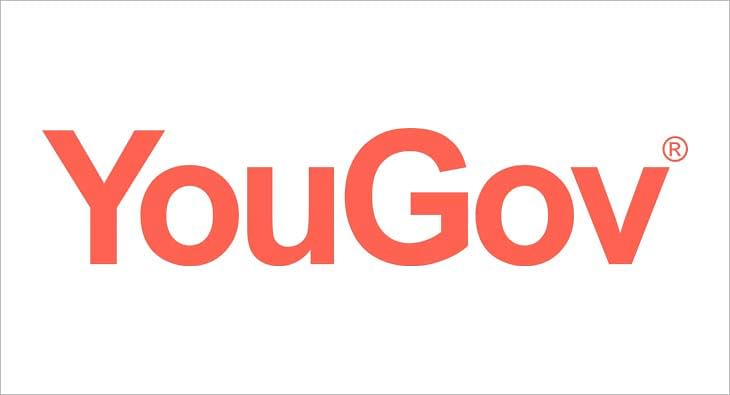
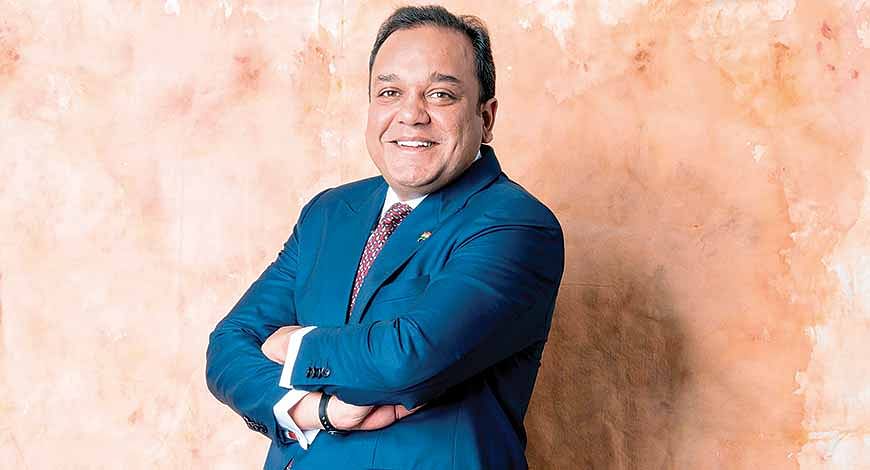
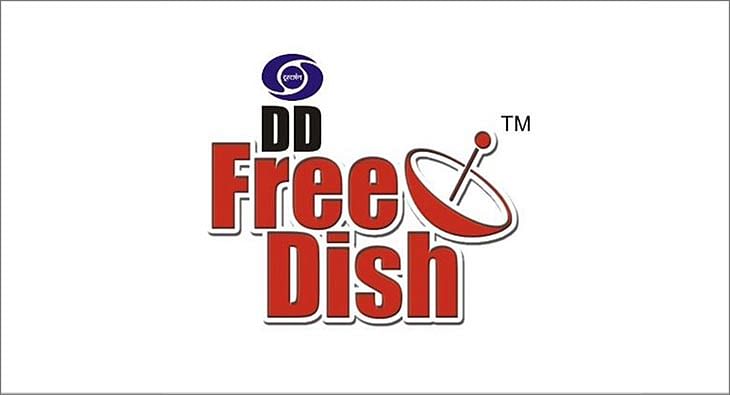







 Share
Share